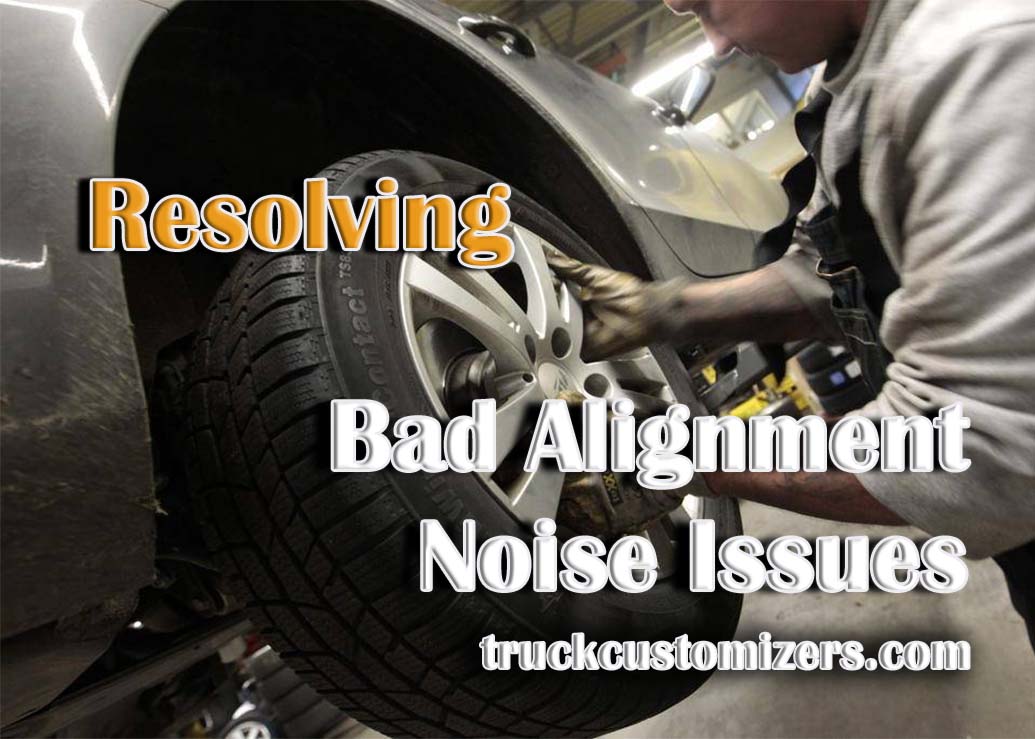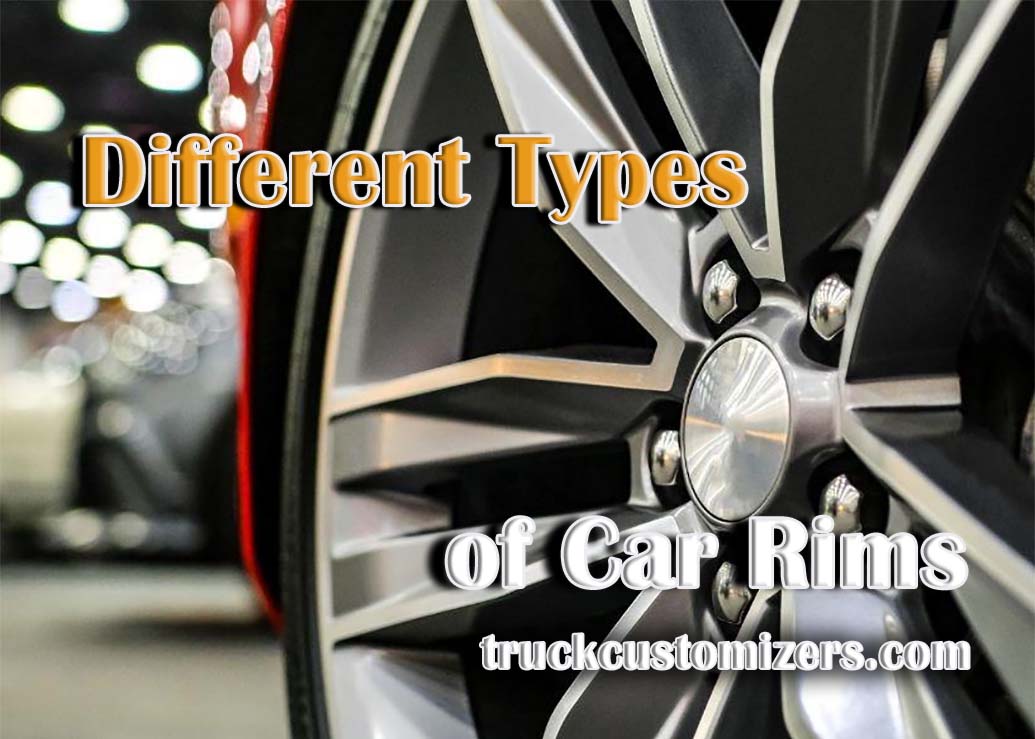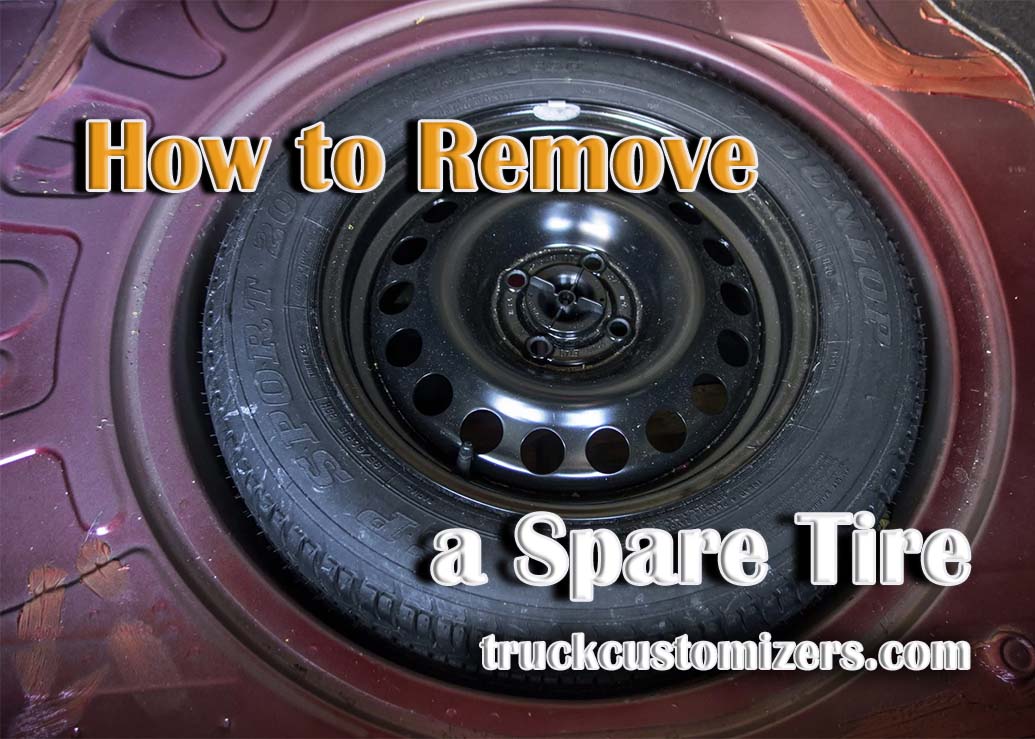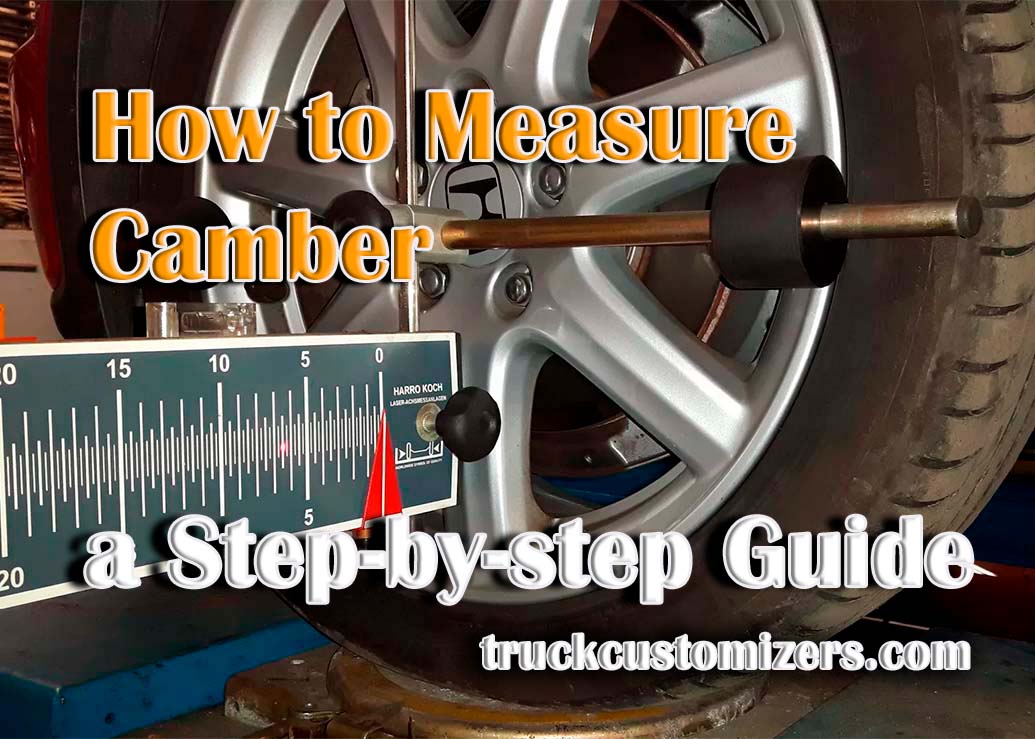Proper wheel alignment is crucial to your vehicle’s performance, handling, and overall safety. When your wheels are misaligned, it can lead to uneven tire wear, decreased fuel efficiency, and a range of other issues, including bad alignment noise. In this article, we will explore the common causes and symptoms of bad alignment noise, the potential damage it can cause, and how to address the issue to keep your vehicle running smoothly and safely.
Identifying Bad Alignment Noise and its Causes
Bad alignment noise can be the result of various factors such as worn suspension components, damaged tires, or improper wheel alignment. Some common symptoms include squeaking or grinding noises while driving, particularly when turning, excessive vibration in the steering wheel, the steering wheel pulling to one side, and uneven tire wear patterns. If you notice any of these symptoms, it’s essential to address the issue as soon as possible to prevent further damage to your vehicle.
The Impact of Bad Alignment Noise on Your Vehicle
Ignoring bad alignment noise can lead to a range of problems for your vehicle. Accelerated tire wear can result in decreased traction and increased risk of tire failure. Compromised handling and steering response make it more challenging to navigate turns and maintain control of your vehicle. Increased stress on suspension components can lead to premature wear and potential failure. Furthermore, decreased fuel efficiency may occur due to increased rolling resistance. By addressing bad alignment noise promptly, you can prevent these issues and ensure that your vehicle continues to perform optimally.
Addressing Bad Alignment Noise with Professional Help
If you suspect your vehicle has bad alignment noise, it’s crucial to consult a professional mechanic or technician. They will be able to assess your vehicle’s alignment and suspension system, identify any underlying issues, and recommend the necessary repairs. These repairs may involve realigning your wheels to the manufacturer’s specifications, replacing worn or damaged suspension components, balancing and rotating your tires, and replacing damaged or worn tires with new, properly inflated ones. By having your vehicle assessed and repaired by a professional, you can ensure that the issue is resolved correctly and safely.
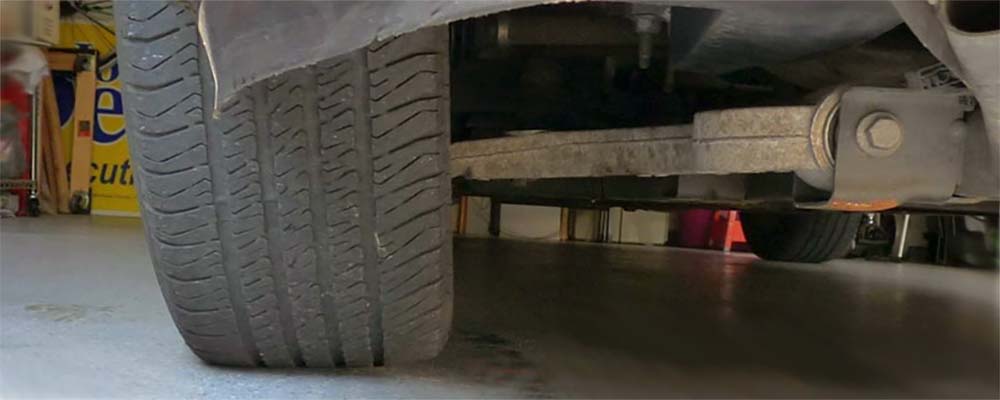
Preventative Measures for Maintaining Proper Alignment
To prevent bad alignment noise and its associated issues, it’s essential to maintain your vehicle’s proper alignment. Regularly having your vehicle’s alignment checked and adjusted, as recommended by your vehicle’s manufacturer, is crucial. Monitoring your tire pressure and maintaining the recommended levels is also important. Additionally, rotating and balancing your tires should be a part of your regular vehicle maintenance routine.
Finally, avoid driving over potholes or other road hazards that can cause misalignment or damage to your vehicle’s suspension components. One more aspect to consider when maintaining proper alignment is knowing how often to rotate tires. Combining these preventative measures, including proper alignment, tire pressure monitoring, and tire rotation, will help you maintain a smooth, safe, and efficient driving experience.
Conclusion: Ensuring a Smooth and Safe Ride
Adding a towing package to your vehicle can significantly enhance its capabilities, allowing you to transport heavy loads safely and efficiently. By understanding the components involved in a towing package, determining your vehicle’s towing capacity, and considering your installation options, you can unlock the full potential of your vehicle’s towing capabilities. Ensuring safety and proper maintenance will help keep your vehicle and trailer in optimal condition, providing you with a smooth and reliable towing experience.
